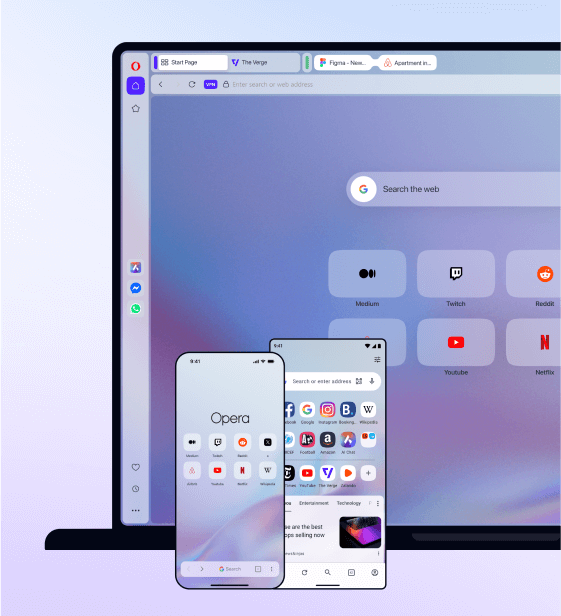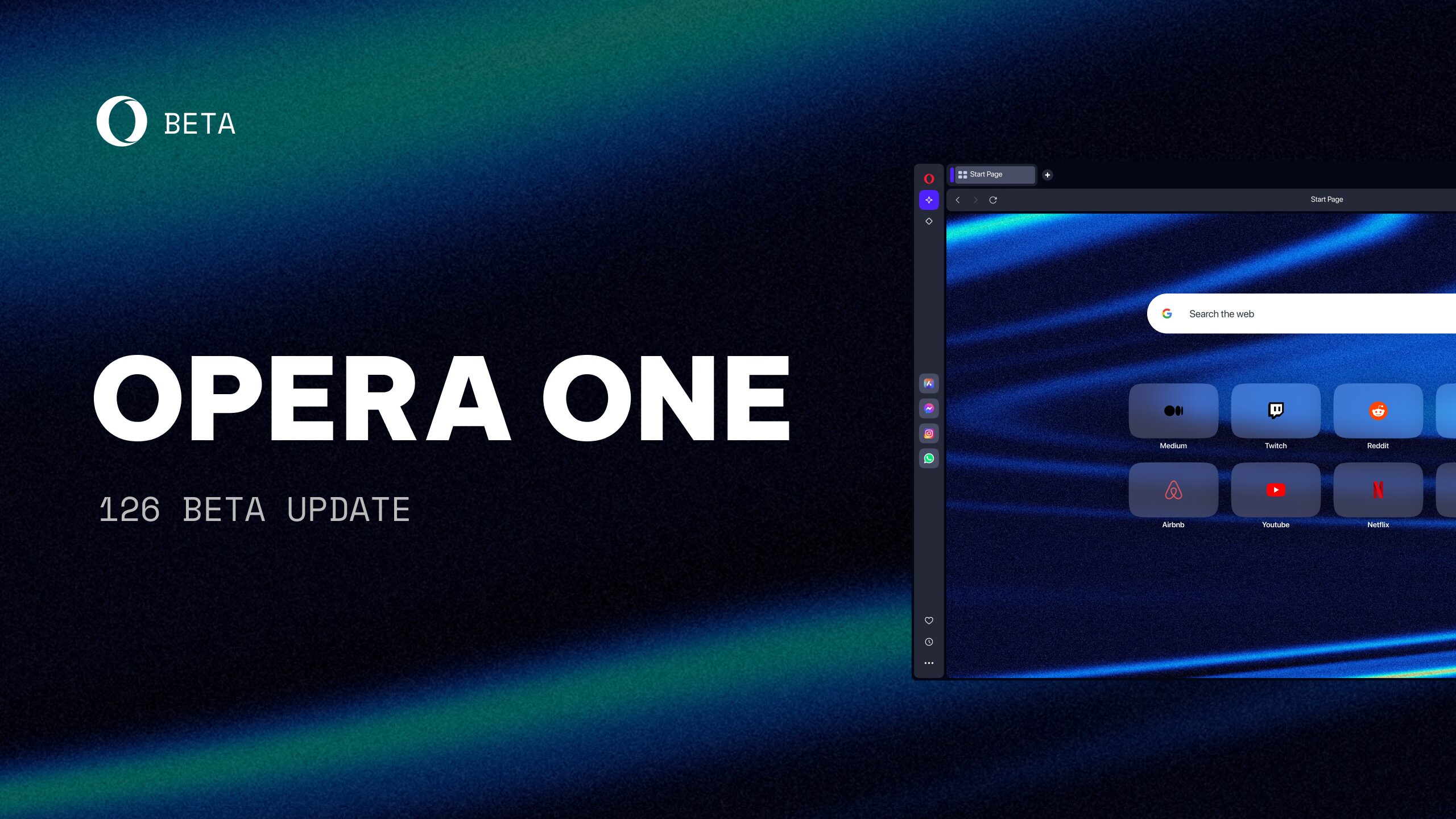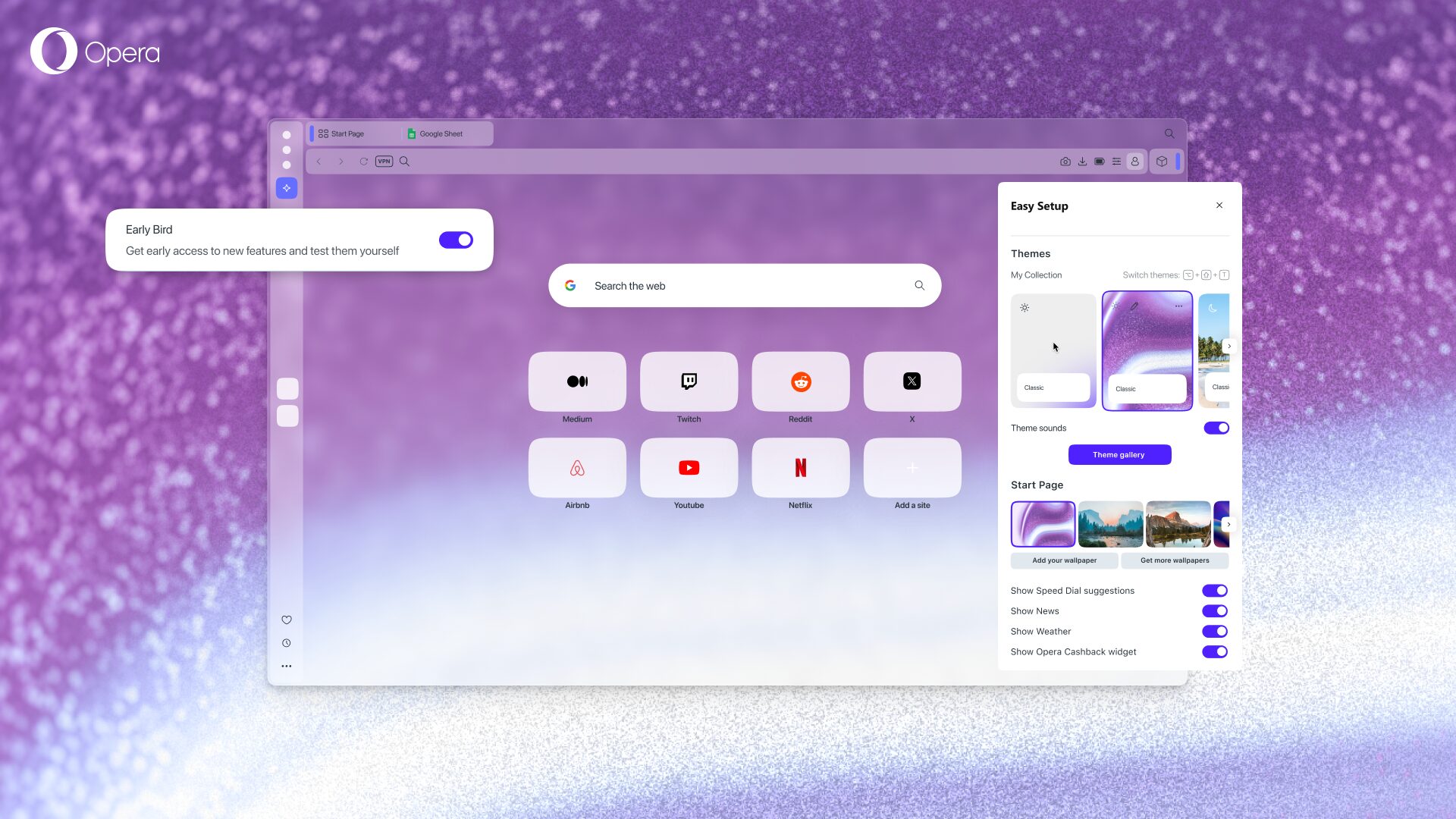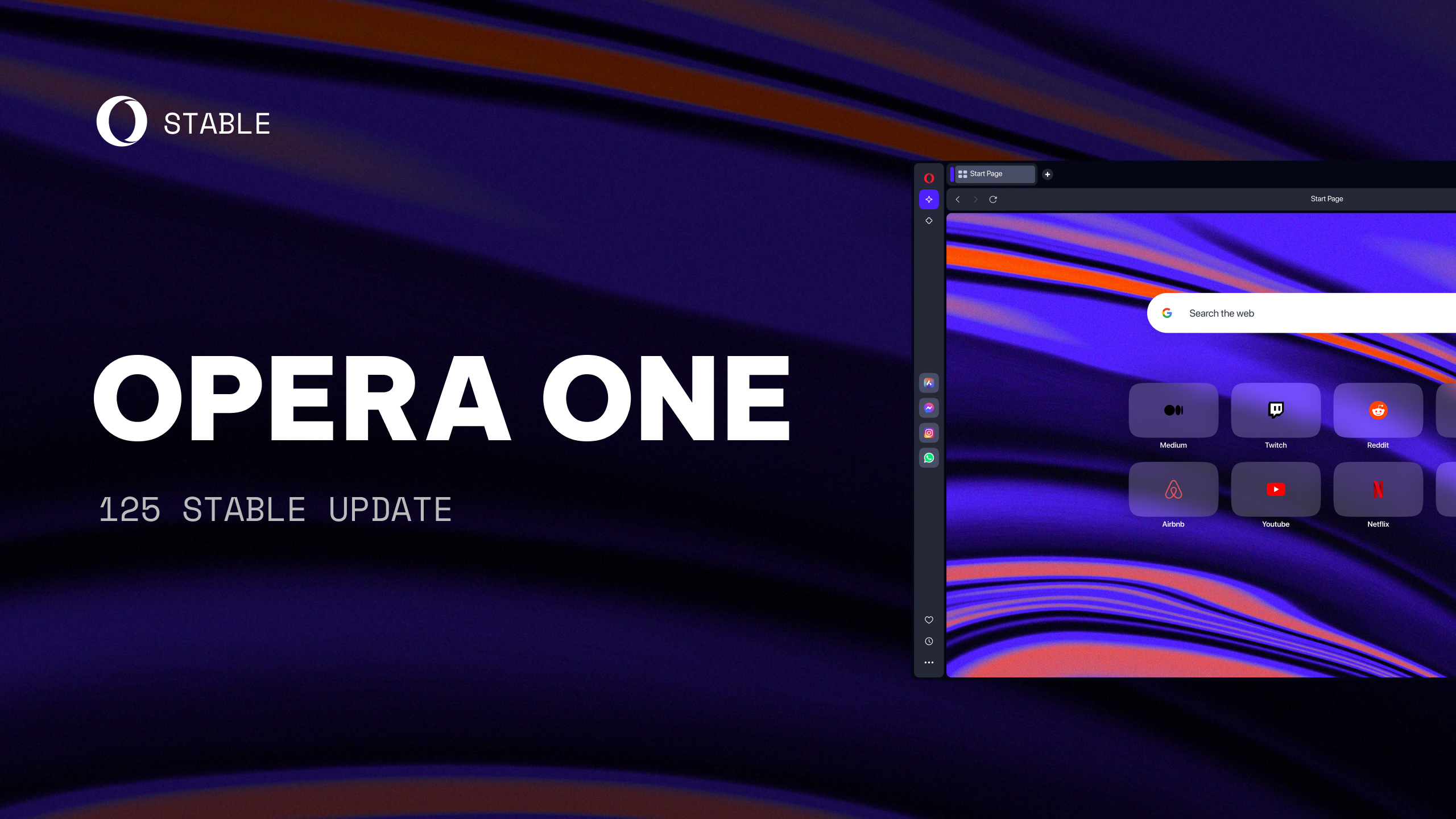Introducing native ad-blocking feature for faster browsing

If there were no bloated ads, some top websites would load up to 90% faster.
Today, we wanted to share with you a native ad-blocking technology in our Developer channel for Opera for computers. “Native” means unmatched speed vs extensions, since the blocking happens at the web engine level.
We are the first major browser vendor to integrate an ad-blocking feature, but this development should be a no surprise to anyone given the rising popularity of ad-blocking software and even Apple allowing it on its platform.
People really want ad-blocking technology
Ads have been an important part of the internet since its very beginning. The first online advertisement appeared on the web as early as in 1994. Ever since then, ads have helped the web grow, giving people free access to millions of websites.
In time, though, they turned out to be one of the major annoyances of web browsing. Today, bloated online ads use more download bandwidth than ever, causing webpages to load more slowly, at times covering the content that you’re trying to see or trying to trick you into clicking “fake download buttons”. Another rising concern is privacy and tracking of your online behavior.
That’s why more and more people use ad-blocking software. In a study conducted by PageFair/Adobe, the number of people using adblockers grew by 41% worldwide between 2014 and 2015, with 98% of those users on computers.
People are clearly sending a signal to brands and advertisers that the current situation must change. It’s 2016, and we believe it’s time for ads to be lighter and faster. There’s the IAB L.E.A.N. initiative for better ads but where are the better ads themselves? Instead, we see a primer on how to convince users to disable adblocking. It’s a good step, but what if ads could be better, less intrusive and not slow down the browsing so significantly?
This is why, together with the native ad-blocking feature, we also provide a tool to help advertisers and users understand the problem of heavy ads. We believe this will accelerate the change that the ad industry needs to pursue.
A smarter approach to ad-blocking
Opera’s ad-blocking feature is deactivated by default.
While browsing, Opera will detect whether there are ads that can be blocked, and it will suggest enabling the ad-blocking feature. To activate or deactivate ad-blocking for a specific website, simply click the shield icon in the address bar and flip the switch.

This dialog will also reveal statistics showing how many ads you’re blocking on the current page, and how many you’ve blocked overall. Moreover, you can benchmark the load speed of the current webpage with and without the ad-blocker enabled.
If you disable ad-blocking on a website, the website is added to an exception list, which you can manage from Opera’s settings. You can click the gear icon in the pop-up to go there quickly. We added some sites there for you to test with – feel free to alter the list and add the sites you find that offer a good experience with ads enabled. Just to give some credit – CNET and TechCrunch appear to offer very good experience to their users with ads on – with only marginal delays in page loading.

Underneath the hood
When we started profiling the performance of adblockers, we found that commonly available block lists are of great quality and can block a lot of ads. But,, many extensions spend a lot of time checking whether URLs or page elements occur in their block lists. Opera checks the block list using native code and fast algorithms, making the slowdown from checking negligible. Furthermore, Opera blocks ads as early as possible: right in the engine, when a network request for a URL is first being made.
Opera currently uses block lists from EasyList, both the regular EasyList to stop advertising and the EasyPrivacy list to stop trackers.
How the speed test works
From the pop–up,, you can also open a speed test. This loads the current open page twice, once without blocking ads and once with blocking ads, and reports the time it took for each to to load.
Because we’re only doing one page load, you might get different results from repeating the test multiple times, depending on your connection and a lot of other variables; to make this scientifically accurate, you might want to repeat it many times and average out results. But, on many sites it’s very obvious, even with a single load, that blocking ads makes a big difference. We hope you enjoy playing around with this a bit 🙂
So, just how fast is it?
Our research shows that browsing with the Opera’s ad-blocking feature is on average 45% faster compared to browsing on Google Chrome with the AdBlock Plus extension. We think it’s pretty cool.
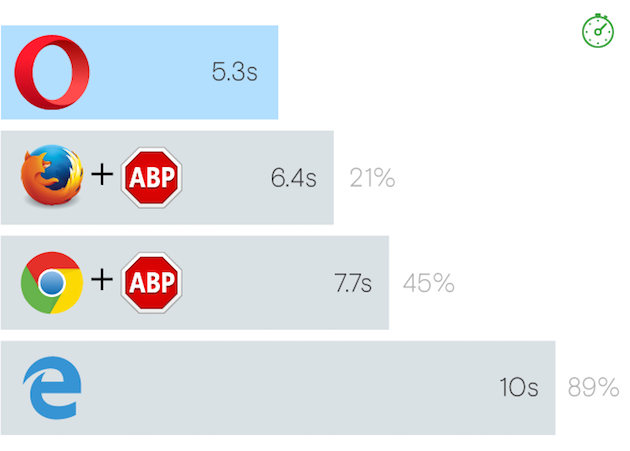 These results are from the test we have done on 66 content-rich websites. The machine has an AMD Phenom II X6 processor with 8 GB of RAM and is running on Windows 10 64-bit. We have done similar tests on various systems. The percentage remains very similar, while the average loading time of particular pages varies.
These results are from the test we have done on 66 content-rich websites. The machine has an AMD Phenom II X6 processor with 8 GB of RAM and is running on Windows 10 64-bit. We have done similar tests on various systems. The percentage remains very similar, while the average loading time of particular pages varies.
For the testing, we used WebDriver and repeated page loading time for each site 15 times. The time shows median for loading a page between navigationStart and loadEventEnd events.
Share your results
We are very interested in your feedback and your test results. Please feel free to post your findings here.
Installation links:
- Opera developer for Windows
- Opera developer for Windows x64 – experimental
- Opera developer for Mac
- Opera developer for 32-bit Linux – deb file
- Opera developer for 64-bit Linux – deb file
- Opera developer for 32-bit Linux – RPM file
- Opera developer for 64-bit Linux – RPM file
Changelog: Full changelog link






